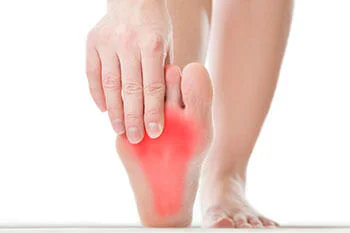Table of Contents
What is a leg deformity?
What causes deformities to occur in the leg?
Do all leg deformities require surgical correction?
When is surgery considered for correction of a leg deformity?
There is a point where the human body can no longer compensate and conservative measures become inadequate. This is when surgery may be indicated to decrease your pain level and potentially improve function.
Also, some moderate to severe deformities may benefit from earlier operative intervention to prevent the progressive arthritic breakdown of the lower extremity joints.

What kind of procedures can be performed to correct a leg deformity?
Lower extremity deformities are highly variable in type and complexity. There are many different procedures and devices to support bone alignment available which have been developed for correcting deformities.
These procedures include: ligament repair and augmentation techniques, osteotomies (saw cuts in the bone) to manipulate alignment, and fusions to stabilize unstable or arthritic joints.
Surgical bone cuts and fusions can be stabilized with internal fixation meaning internal plates and screws which remain under the skin as well as external fixation (a cage type of device) which is a more complex and yet more versatile technique which involves rings and pins on the outside of the skin which requires eventual removal.
What to Do Next?
If you or someone you know is living with a leg deformity, seek out the help of a podiatrist for a proper diagnosis and treatment regime.
Contact us today to schedule an appointment.


